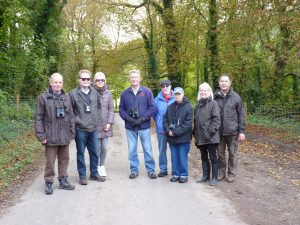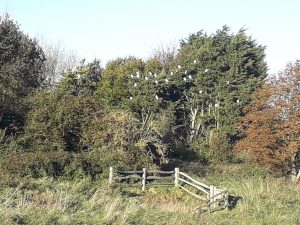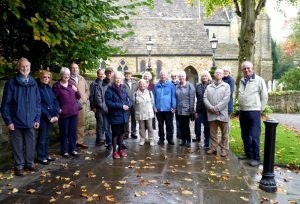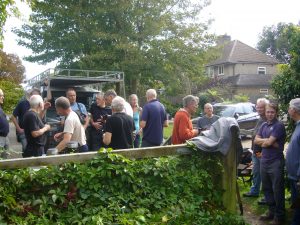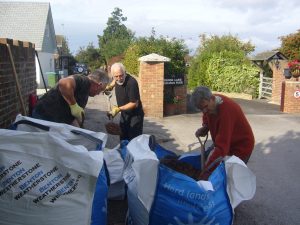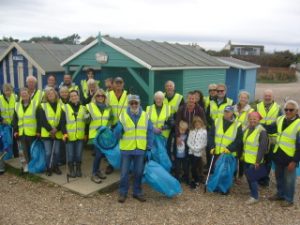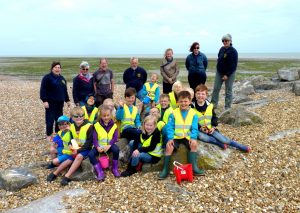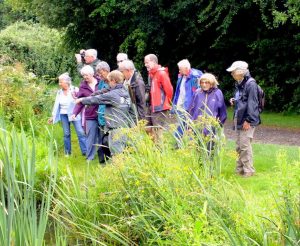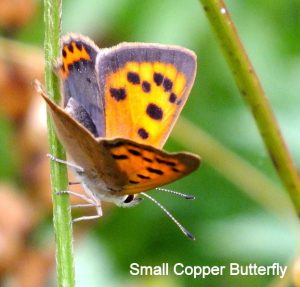At our last meeting of the year we welcomed Anne Weinhold who educated us regarding a two-year Heritage Lottery funded project entitled ‘The Last Fisherman Standing’. This inspiring project is run by social enterprise ‘We are FoodPioneers CIC’ and aims to protect and celebrate the heritage of our oldest maritime trade in Worthing. Under this umbrella many community events are available including courses, talks, exhibitions and the opportunity to get involved with pop up fish markets, museum workshops and cookery events.
Since the 16th century fishermen have been fishing off the beach at Worthing and during the 19th century the industry expanded with the help of improved roads with fish being sent to nearby towns. In 1849 twenty five boats were operating along this stretch of the coast and in 1887 around ninety three men and seventeen boys were recorded working in the fishing industry.
However, during the latter years of the 20th century, fewer and fewer boats were seen going out to sea from Worthing and the fishing fleet quietly began to disappear. The fishermen that remain now fish from harbours such as Shoreham utilising larger boats and therefore are able to increase their catch albeit in accordance with official quotas.
This Project strives to protect the heritage of our fishing families in Worthing by recording and reviving the fishermen’s tales and sharing their vast knowledge of the sea on our doorstep and celebrate their contribution to the town. A former fisherman, Norman Bashford, a member of the oldest fishing family in Worthing and now in his 80’s, has been so inspired by the Project that his daughter and her partner have now started fishing off of Worthing beach in their own boat. To find out more about this project please visit: www.lastfishermanstanding.org.uk
After tea and mince pies we were interested to hear from Tricia Hall, during her Nature Notes presentation, that Meadowsweet is still in bloom along the banks of the Rife and Cosmos is in flower and attracting bees in Tricia’s garden. Graham Tuppen and Tricia have jointly visited and cleaned out the nest boxes sited around the village. They reported that there was evidence that all except one had been used during this or last year’s nesting season.
Ed Miller concluded the meeting with the news that a planning application had at last been submitted to Arun DC for the renovation of one existing property and the building of four properties at 32 and 34 Sea Lane, Ferring. The closing date for comments for this application is 21st December 2017. Ed also commented that the Arun DC Local Plan was still with the Planning Inspectorate.

